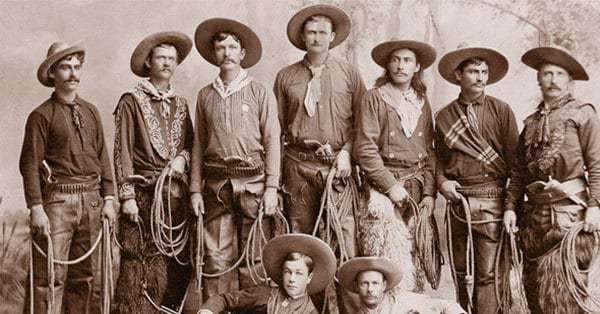Emigrants, settlers, and soldiers faced an uncertain and dangerous future in the aftermath of the American Civil War. Bitter postbellum rivalries continued to divide the North and South, while people from literally all walks of life flocked west. Some genuinely sought a fresh start beyond the banks of the Mississippi River, but the untamed plains were full of dangers. Recalcitrant Native Americans stormed white settlements and scoundrels took advantage of unsuspecting travelers. Often, the only thing standing between life and death was a trusted firearm. Whether wielded by lawmen, soldiers, or private citizens, these are the five rifles that won the West.
Spencer Repeating Rifle
In one of the boldest sales pitches in American history, arms designer and inventor, Christopher Miner Spencer, walked up the steps of the White House and presented his rifle, along with a handful of ammunition, directly to the President of the United States. A day later, he convinced Abraham Lincoln and then Secretary of War, Edwin Stanton, to purchase his weapon for use by the Union Army. From there, the rest was literally history. The United States ordered over thirteen thousand rifles and carbines for use against the Confederacy, with total numbers produced exceeding 100,000 at the height of the Civil War.

Thousands of surplus Spencer rifles and carbines made their way to the frontier, either in the hands of war veterans, frontier army soldiers, or cunning sutlers looking to turn a profit. Spencer’s unique design was the first repeating rifle adopted by the U.S. military. Unlike other rifles of the period, the Spencer featured a lever-action block that fed rounds from a tubular magazine. This configuration reduced reloading time and thus allowed marksmen to fire subsequent rounds in concentrated succession (about 20 shots per minute). Miserly officials felt that troops would waste ammunition with such a quick-firing weapon, however, so the Spencer never completely replaced single-shot rifles.
Spencer repeaters were incredibly potent weapons. General Ulysses S. Grant claimed that they were some of “the best breech-loading arms available.” During the Modoc campaign of 1872-73, the U.S. Army’s First Cavalry Regiment carried Spencer carbines, while clawing through the treacherous mountains and valleys of northeastern California. The carbine remained a favorite among cavalrymen up until the early 1890s, even though more sophisticated long arms had officially replaced the weapon. The Spencer Repeating Rifle Company declared bankruptcy in 1868, which also contributed to the weapon’s eventual decline. Nevertheless, Spencer paved the way for repeating rifles by establishing a significant precedent in firearms development.

